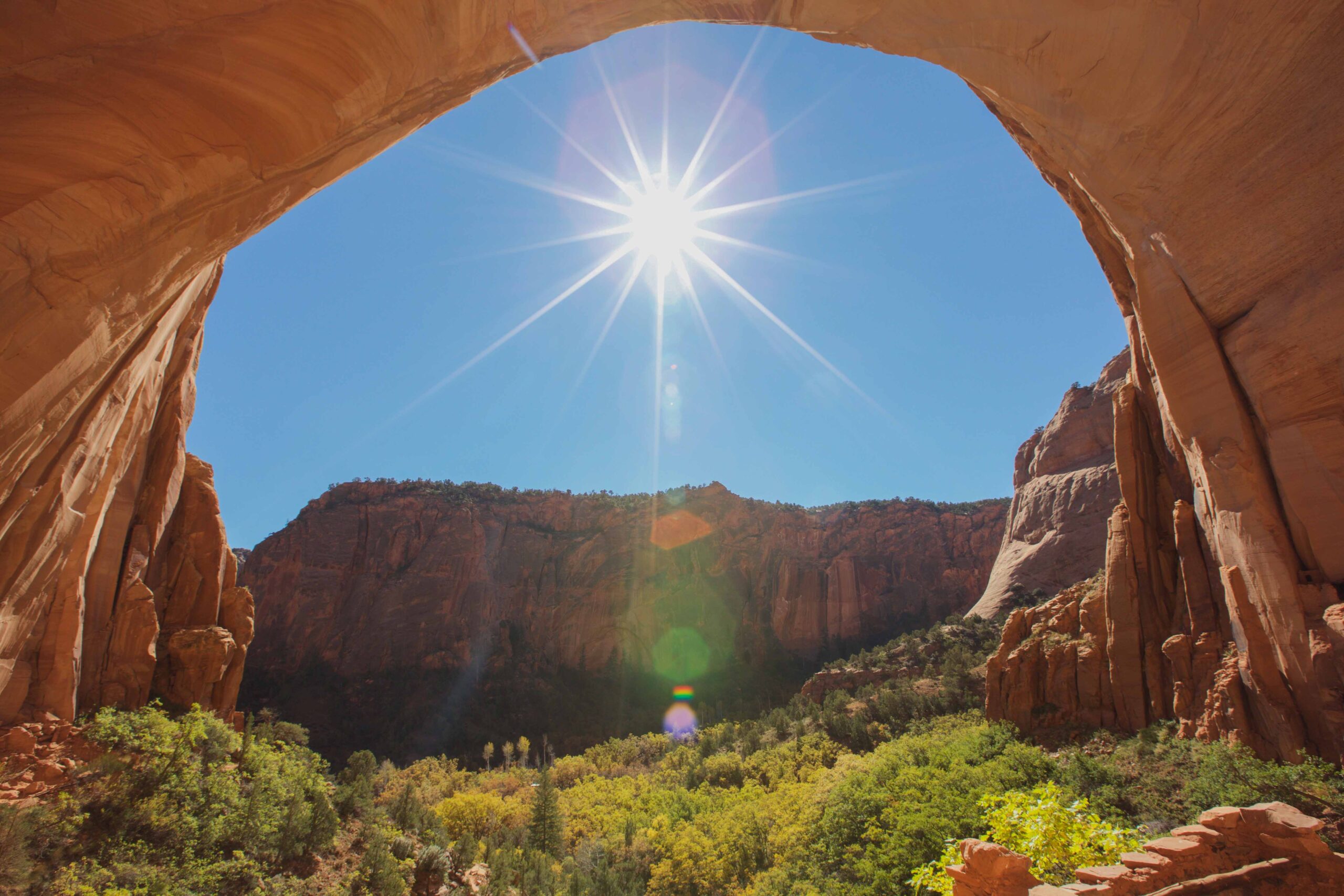In preparation for the world premiere opera, “Riders of the Purple Sage,” a crew of musical and visual artists set off for fabled landscapes steeped in history. We went to the places Zane Grey visited in Arizona over a century ago that were the real-life inspirations for his novel, “Riders of the Purple Sage.” We visited Pipe Spring National Monument on the Arizona Strip, a remote sliver of Arizona nestled between the Grand Canyon and the Utah line. Grey visited in 1908 and found a ranch that would become the bedrock of his most popular story.
PIPE SPRING NATIONAL MONUMENT
With its spring-fed water supply and access to some of the best grazing land on the Strip, it’s easy to see how Grey would craft the lonely outpost of Pipe Spring into the focal point of the struggle for wealth and power that drives “Riders of the Purple Sage.” When we dropped into the valley a rush of wonder engulfed me like a stampede. What a confluence of landscape and longing, what sublime beauty and reverent desolation. What was life like here on this beautiful frontier? Perhaps Zane Grey thought the same thing when Pipe Spring sparked the story of the Withersteen Ranch.
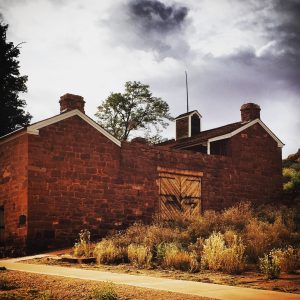
The home of Jane Withersteen was a flat, long, red-stone structure with a covered court in the center through which flowed a lively stream of amber-colored water.
Zane Grey, Riders of the Purple Sage
The red stone fortress of Winsor Castle is as breathtaking in its rough-hewn way as the glorious Vermillion Cliffs that frame it. Pipe Spring was established by Mormons as a tithing ranch in the early 1870s and brought the first telegraph to Arizona Territory. It was a popular spot on the “Honeymoon Trail.” Travelers on their way to get married in the Temple in St. George would stop and water their horses at Pipe Spring – a piece of history that may have inspired Zane Grey’s iconic opening scene.
We spoke with John Hiscock, former Superintendent of Pipe Spring National Monument, who shared its diverse history, from the Paiute Indians and Mormon Settlers to the present day. The fort was built directly over its water source so pioneers could persevere through federal government interference and attacks from the Navajo. Those raids never came and the settlers peacefully grazed cattle and made butter and cheese that supplied Mormon families in the region.

THEN: Edwin D. Woolley, his family, and ranch hands April 27, 1891.
Photo courtesy of National Park Service, Pipe Spring National Monument, PSIP 1074
Three miles up the road is the town of Moccasin, the likely model for the village of “Cottonwood” in Grey’s novel. Grey reportedly stayed at the “Big House” during his 1908 visit. We were fortunate to interview Mel Heaton – a descendant of Jonathan Heaton, the man who built that house. The Big House was a center of activity in the town of Moccasin and would host wayward travelers, including Zane Grey.
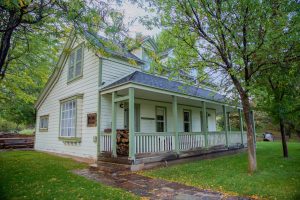
NAVAJO NATIONAL MONUMENT
On the Diné Nation, about two hundred miles east of Pipe Spring, we were guided into Betatakin – a place that holds its secrets. With an ancient cliff dwelling and surprise forest concealed in miles of red rock desert, it’s just the kind of place you could imagine living out your days with your sweetheart locked in a Southwestern Eden.
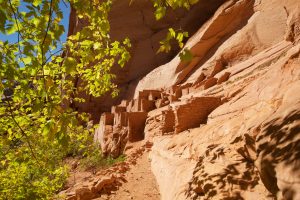
Grey’s characters are transformed by grappling with the land. We were transformed too – by the ruggedness, the whispers of history, the play of light over the canyon, and perhaps most of all by the enormous luxury of space. Betatakin is a rarity among cliff dwellings in the Four Corners region as it was not built for defense, it was a place of peace. We were in a seldom-visited, fragile place. It felt like we were touching the beating heart of the canyon.
The West is full of remote, uninhabitable places that inspire dreams of what life would be like if we could live there. For Grey, Betatakin Canyon inspired a tale that has captivated generations of people who love Westerns. Betatakin is the inspiration for Grey’s Surprise Valley. Zane Grey’s journal, from a 1913 visit with guide John Wetherill, illustrates the power of this place and how it had grown in his imagination.
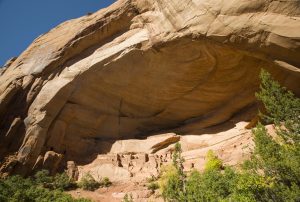
“With the sight of those lofty walls and the scent of the dry sweet sage there rushed over me a strange feeling that ‘Riders of the Purple Sage’ was true. Surprise Valley seemed a part of my past. My dreams. My very self. I left it, haunted by its loneliness and silence and beauty, by the story it had given me.” Zane Grey, 1913 Field Journal
We learned the human history of Betatakin Cliff Dwelling from our lead guide, Ranger Curlinda Mitchell. “From all the evidence of the area, the science behind it, everyone was here helping each other. It was a very loving and supportive community.” You can still feel the vibrations of that community, the resonance of an ancient People.
These historic sites hosted our imaginations, just as they did for Grey over a century ago. They gave us the same rich tapestry for the set design of the new opera as they did for the places Zane’s Grey set his stories at the turn of the century.
Photos by Robert Pflumm/Quantum Leap Productions @2105
